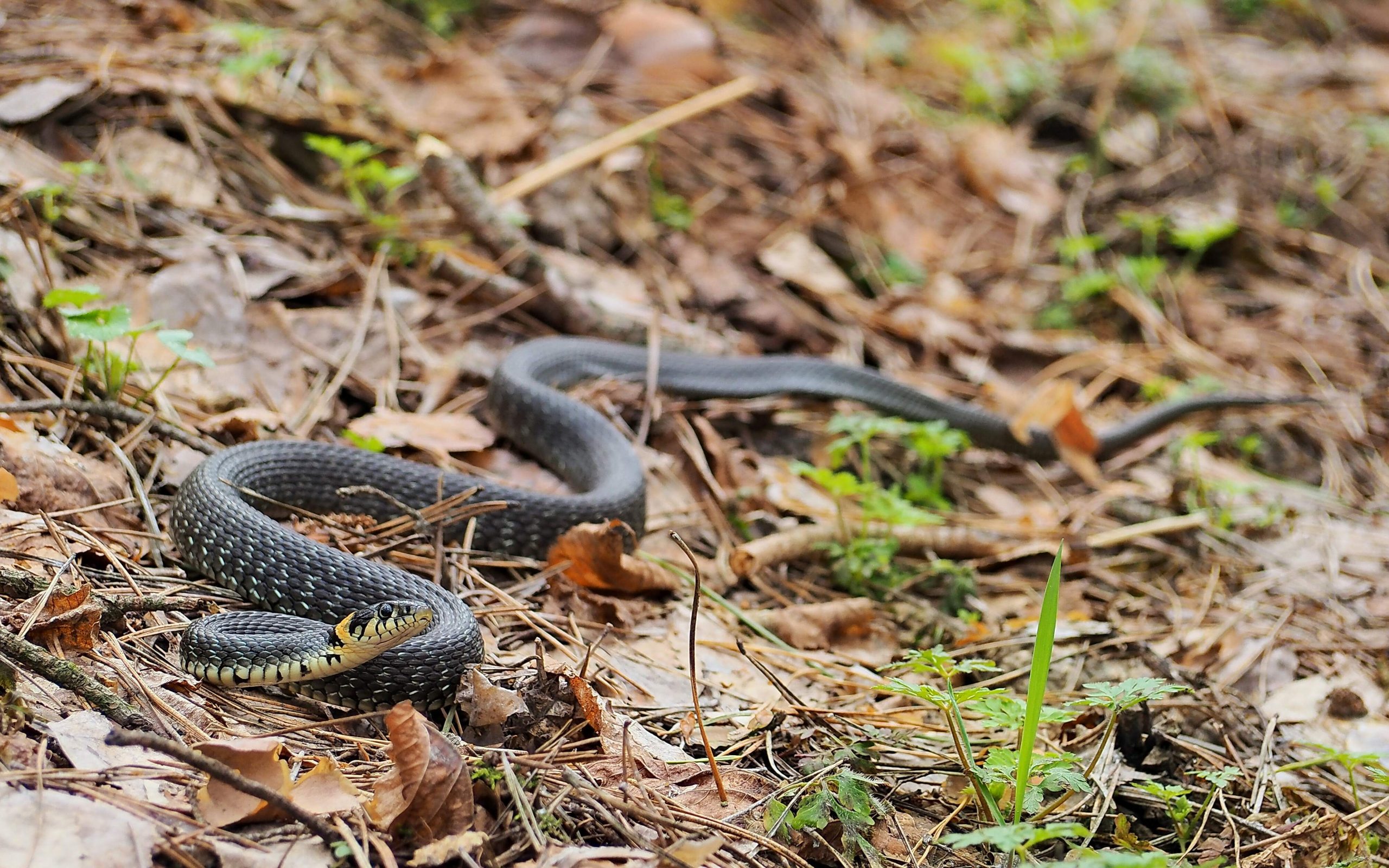The Barred Grass Snake, Natrix helvetica is a European species of non-venomous colubrid snake. Frequently confused for a viper because of it’s dark, zig zag pattern the milk snake is no threat to you and performs an essential role in nature.
A Master of Camouflage
Its pattern of stripes, lines and spots can help to make it almost invisible among the vegetation making Barred Grass Snakes difficult for predators as well. They are perfectly camouflaged in grass and around water, spending most of their days there.
A Versatile Diet
Diet: As carnivores, Barred Grass Snakes mainly prey on amphibians such as frogs and toads. Additionally, they feed on small fish (like anchovies), localised desert rats and even birds once in a while. Their jaws are flexible and teeth sharp; ideal to trap the prey directly into their mouth.
A Semi-Aquatic Lifestyle
Barred Grass Snakes are most common around water, especially on the banks of ponds and lakes, as well as rivers. As strong swimmers, they can dive for long periods of time. They are top carnivores in watery environments because of their sleek bodies and large flipper-like tails.
Conservation Concerns
While the Barred Grass Snake is currently non-threatened, it does face several threats like habitat loss caused by urbanization and agriculture water pollution climate change. Destroying wetlands and low water quality can diminish viable habitat for these snakes. The use of pesticides and herbicides can also harm snakes either directly or indirectly by decreasing prey populations.
Deterioration of their habitats, pollution and above all sustainable management should be promoted to save them from extinction. With a deeper understanding of the ecological role these snakes play, and developing conservation techniques to protect them, we help guarantee their success into the future.
